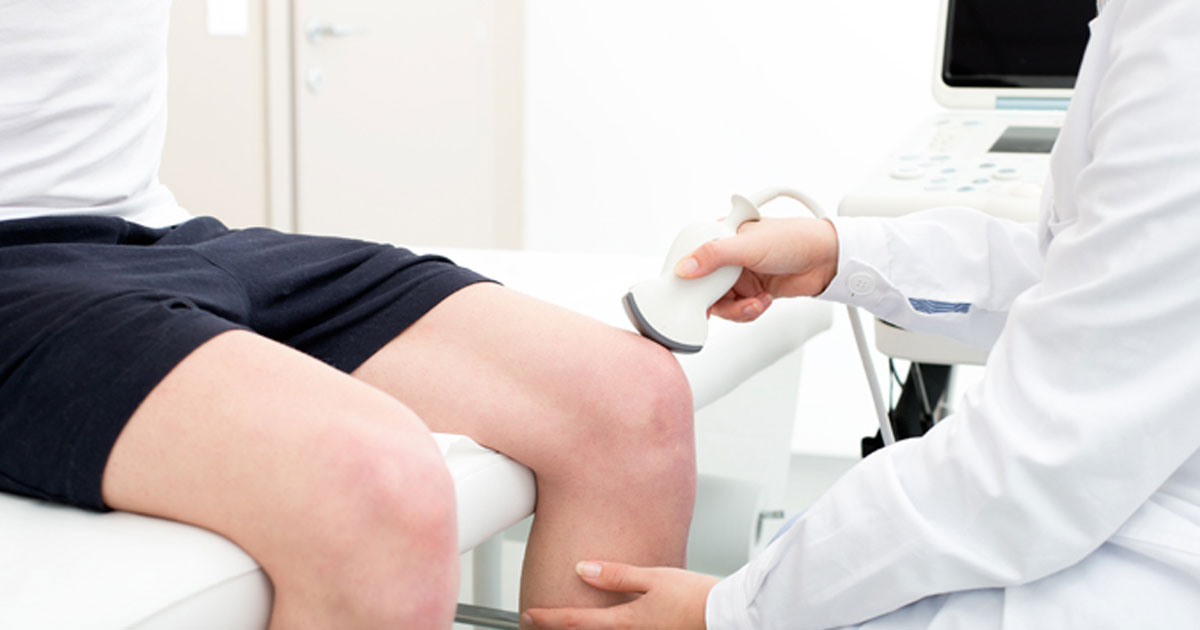Consensus argues for rheumatology-specific definitions for ultrasound terms
Click Here to Manage Email Alerts

Although most of the ultrasound scanning conventions detailed in the 2011 consensus remain applicable for rheumatologists today, there is still a need for rheumatology-defined descriptions for “complete scan” and “limited scan” to better reflect how physicians in the specialty currently use the technology, according to an updated consensus published in Arthritis Care and Research.
“Many of the protocols utilized in rheumatology, including joint based protocols, and definitions of what are complete and limited joint scans, have been driven by protocols developed by rheumatologists based in Europe — where the health care system is totally different from the United States,” Karina D. Torralba, MD, MACM, of Loma Linda University, told Healio Rheumatology.
“The U.S. health care system places emphasis on work-related relative value units and time spent in clinic with patients, and is associated with a lot of overhead and other requirements that may limit the utilization of extensive protocols developed by the Europeans,” she noted. “The study is important in that rheumatologists in the U.S. have come to form their own identity when it comes to ultrasound and how it applies in the U.S. health care setting, taking into account its strengths and limitations.”

To review and update the 2011 consensus, using a much larger group of rheumatologists, to better reflect how they use ultrasound for musculoskeletal evaluation today, Torralba and colleagues devised a 96-item questionnaire. The core group of researchers included three methodologists, three directors of rheumatology fellowship training programs and two experts in documentation, scanning conventions and billing. All were either rheumatologists or rheumatology fellows with experience and training in ultrasound.
After reviewing the 2011 consensus, the group drafted a 96-item survey, to be used in a three-round Delphi method study. The questionnaire was distributed through email to 101 rheumatologists with either a minimum of 2 years of experience teaching ultrasound in either fellowship programs or at national courses, or ultrasound certification from the American College of Rheumatology, or publications relevant to the technology. A total of 46 respondents completed all three survey rounds, besting their pre-set target of 38 participants. High agreement was defined as 85% or higher for each item.
Based on the survey results, the researchers opted to accept all but one of the 2011 consensus statements. The lone rejected 2011 statement read, “A complete musculoskeletal ultrasound examination of an extremity consists of real time scans of a specific joint that includes examination of the muscles, tendons, joint, other soft tissue structures, and any identifiable abnormality.”
The proposed alternative statement, which achieved 91.3% agreement among the survey respondents, read, “A comprehensive rheumatology musculoskeletal ultrasound examination consists of real time scans of a specific region that can include examination of the muscles, tendons, joints, other soft tissue structures, and any identifiable abnormality relevant to a rheumatic differential diagnosis or a multi structure rheumatic disease assessment tool.”
Based on the comments gathered, Torralba and colleagues also developed three overarching themes. First, more clinically realistic, and rheumatology-specific, definitions of “complete scan” are needed, including disease-specific protocols. Second, current coding and billing procedures constrain the definition of “complete scan.” Lastly, there needs to be further clarification of the term “limited scan.”
“From a clinical standpoint, the study emphasizes how ultrasound has come to become accepted as part of current rheumatology practice in the diagnosis, evaluation and monitoring of patients with rheumatic diseases,” Torralba said. “Ultrasound is now part of the disease monitoring/evaluation of various arthropathies. It is also now part of classification criteria for major rheumatic diseases such as gout and polymyalgia rheumatica, and it is highly probable ultrasound-based criteria will be included in other disease states.”
She added, “There is also now a recognized official rheumatology fellowship curriculum in musculoskeletal ultrasound and therefore an increasing recognition of how important ultrasound is in general for future generations of rheumatologists and their patients.” – by Jason Laday
Disclosure: The researchers report no relevant financial disclosures.
